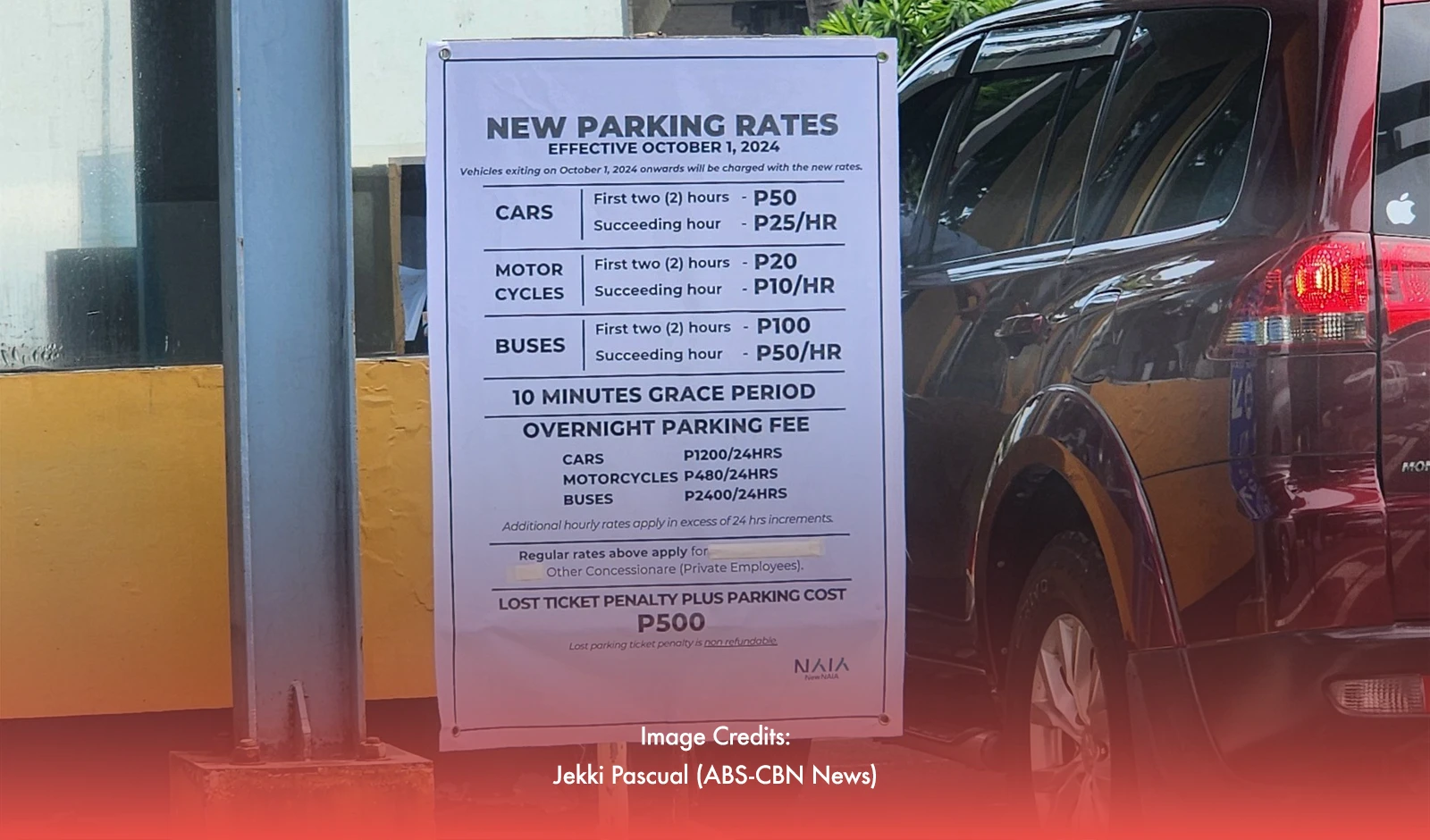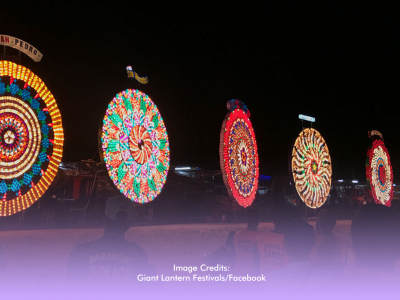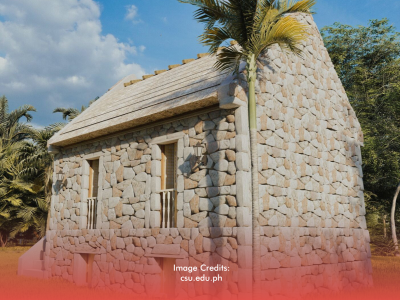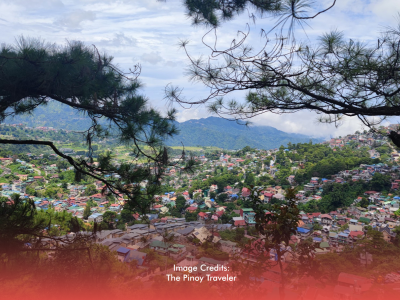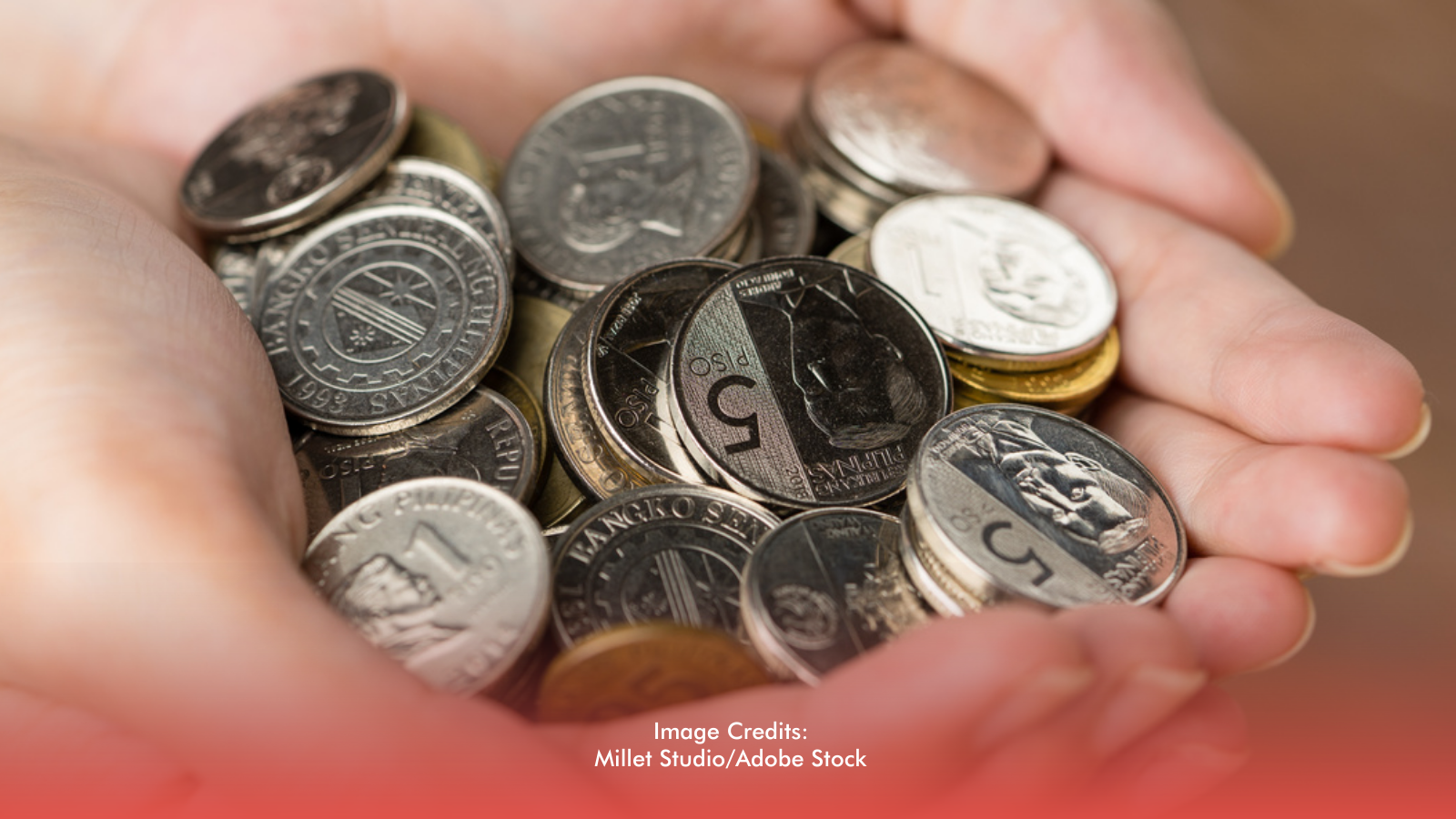Ninoy Aquino International Airport (NAIA) has seen a dramatic rise in overnight parking rates, with new charges reaching P1,200 for every 24 hours for cars. This marks a staggering 300% increase from the previous rate of P300, raising eyebrows among travelers. The updated rates took effect on October 1, following a management transition to the San Miguel-led New NAIA Infra Corp. (NNIC).
Rationale Behind the Rate Increase
The NNIC has attributed the steep increase in parking fees to the need for ongoing maintenance and improvements to the airport facilities. Since taking over operations on September 14, the consortium—comprising San Miguel Holdings Corp., RMM Asian Logistics Inc., RLW Aviation Development Inc., and Incheon International Airport Corp.—has committed to enhancing NAIA’s infrastructure and services. While many recognize the importance of upgrades, the sudden surge in parking fees has left travelers concerned about their travel budgets.
In addition to the overnight parking hike, hourly rates have also seen an increase. Cars will now cost P50 for the first two hours, up from P40, with an additional P25 charged for each subsequent hour. Similarly, rates for motorcycles and buses have risen, reflecting a broader trend of increasing costs.
Breakdown of the New Parking Fees
Here’s a detailed look at the updated parking rates:
- - Cars: P50 for the first two hours; P25 for each additional hour.
- - Motorcycles: P20 for the first two hours; P10 for each subsequent hour.
- - Buses: P100 for the first two hours; P50 for each additional hour.
For overnight parking, motorcycles will incur a fee of P480, while buses will face a significant charge of P2,400 for 24 hours. These hikes represent a sharp departure from previous pricing structures, where overnight parking was set at P300 for all vehicles, along with more manageable hourly fees.
Impact on Travelers
The substantial increase in parking fees may lead many travelers to reconsider their transportation options. With costs rising dramatically, alternatives such as ride-sharing services or public transportation could become more attractive. This shift could also significantly affect the travel plans and budgets of regular users of NAIA.

